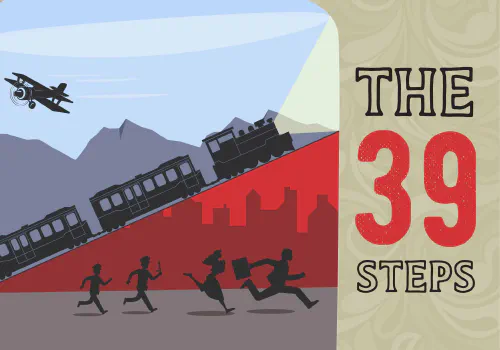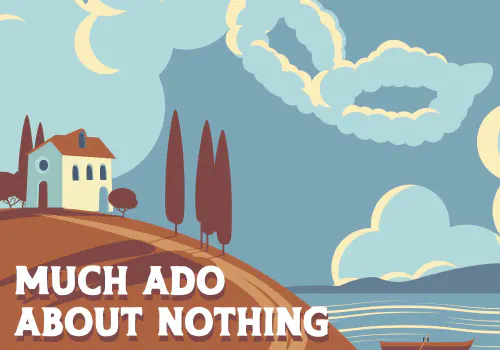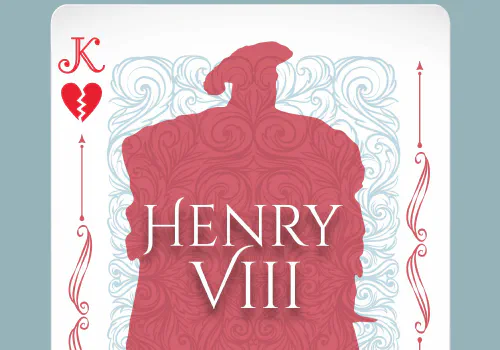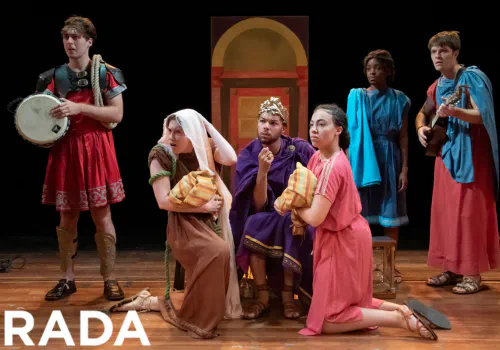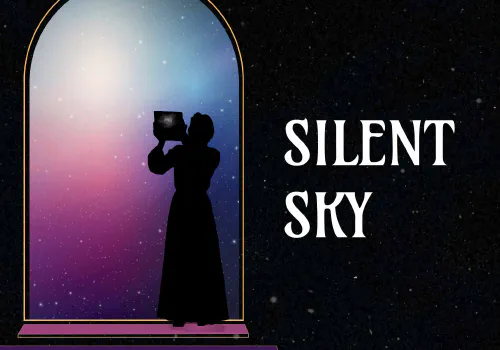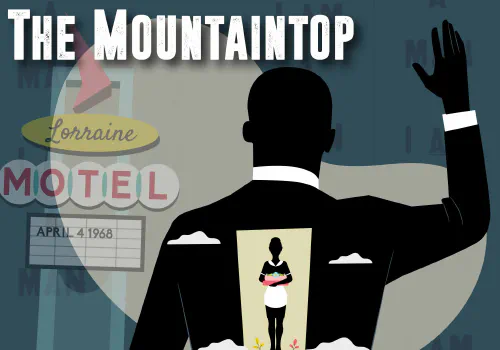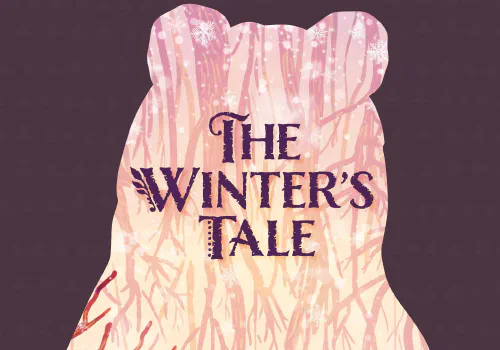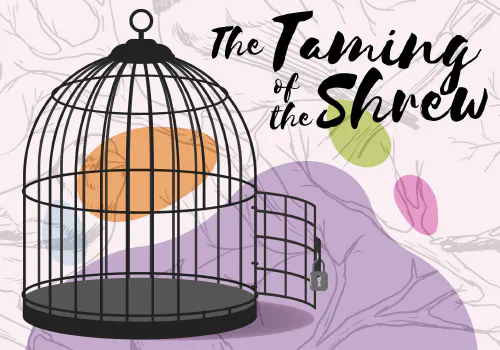By Isabel Smith-Bernstein
Religion: Cold Civil War
Hamlet was written towards the end of Queen Elizabeth’s rule when the English people were nervous about succession. Queen Elizabeth’s long reign represented a time of peace after lengthy turmoil. The turmoil was largely religious in nature as Queen Elizabeth’s father, King Henry VIII, had broken with the Catholic Church and created the Church of England. Henry VIII’s heir and only son died young leading to the bloody rule of Mary I Queen of England—who forcibly converted England back to Catholicism. After Mary was deposed, Elizabeth took the throne and yet again reverted England to Anglicanism. Elizabeth was less violent than her sister, but still executed hundreds of Catholics. The Virgin Queen, Elizabeth had no heir and as she grew ill there was great uneasiness in England over who the next monarch would be and what kind of religious atmosphere they would create.
We know now that Shakespeare’s father was likely a Catholic, so Shakespeare himself would have grown up in a religiously tense household. This is also notable because as a writer Shakespeare could draw on both Catholic and Anglican traditions. Shakespeare’s plays often reflected the atmosphere of the time, and so Hamlet includes the uneasiness about religion and succession. What exactly Hamlet is trying to say about these major themes is up for debate, and that is part of the mastery of Shakespeare’s play.
Shakespeare’s audiences thought about the afterlife frequently—a reason that the Ghost in this play would be frightening to them. The presence of the Ghost early in Hamlet foreshadows death yet to come and begs the question of the fates of each of the title characters in the play.
Ghosts: Purgatory and Beyond
Hamlet’s best friend and fellow-student Horatio is skeptical of the Ghost when it first appears; Horatio warns Hamlet not to go with it lest it make him mad. Hamlet approaches the Ghost nonetheless but is determined to verify the Ghost’s story before taking action.
The fear of ghosts was very real in Shakespeare’s England; they were believed to be capable of driving those who saw them to madness or leading them into Hell. The Ghost in Hamlet would not only be chilling because of its spookiness but also because it reminded the audience of one of their worst fears.
In Hamlet, Shakespeare blends Catholic and Protestant traditions surrounding ghosts. Catholics believe in purgatory, while Protestants do not. The historical Catholic belief about ghosts was that they were the souls of the recently departed, often with unfinished business. The Protestants believed (generally) that ghosts were spirits (usually evil) that took over the bodies of the recently deceased or created convincing illusions targeted at specific people.
The treatment of the Ghost in Hamlet is a masterful combination of different religious traditions, making the Ghost more mysterious and frightening as we cannot be certain what it is. It also means that the Ghost likely would have symbolized different things to the varying members of Shakespeare’s audience.
Espionage: Lawful Espials
Hamlet has a lot of spying, in almost every scene.
Both Queen Elizabeth and her successor, King James, used many spies in order to make sure that there were no plots of uprising. Elizabeth had a large spy network that James broadened. It was legal for the monarch to spy on his or her subjects, but illegal for subjects to spy on the monarchy—this would be treasonous. Spying was so common in Shakespeare’s England that everyone knew to watch what they say in public.
Hamlet also likely underwent some revisions between the First Quarto and the First Folio, one of those being the addition of the phrase “lawful espials.” Claudius says “lawful espials” in reference to him and Polonius hiding to eavesdrop on Hamlet and Ophelia—meaning that they are spies with the law on their side. It is possible that this phrase was added to the Folio by the editors as a result of King James’s increase in kingly spying.


